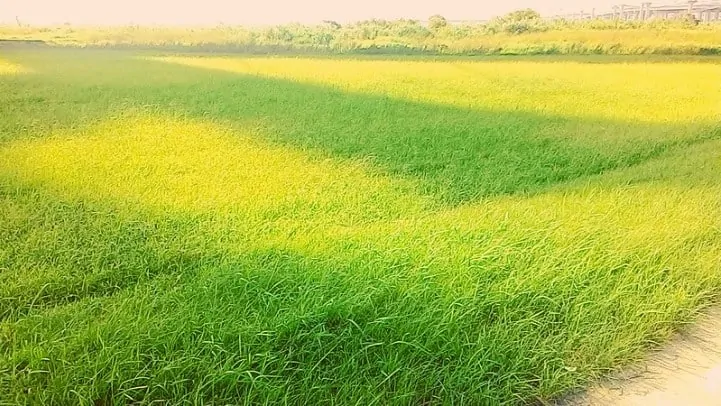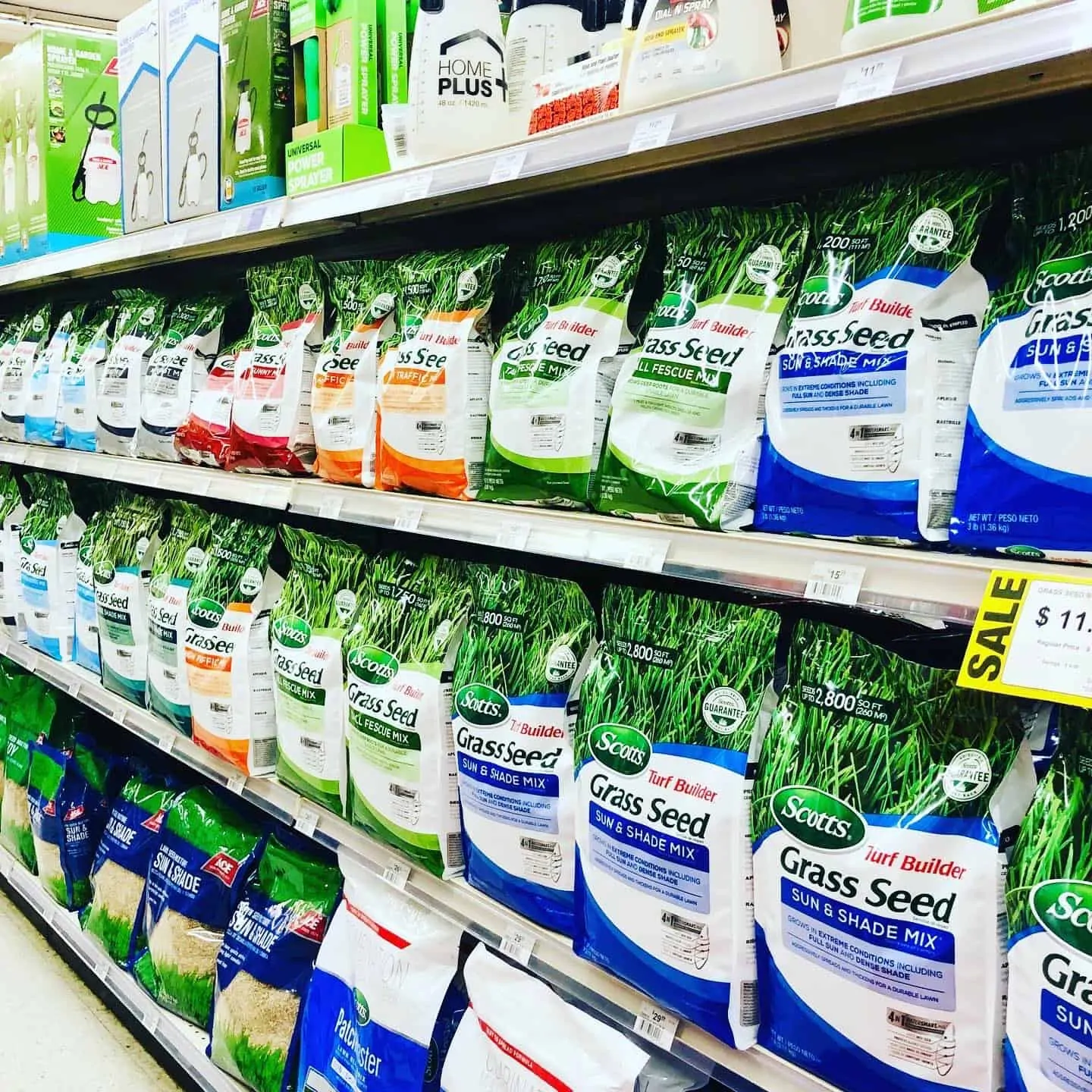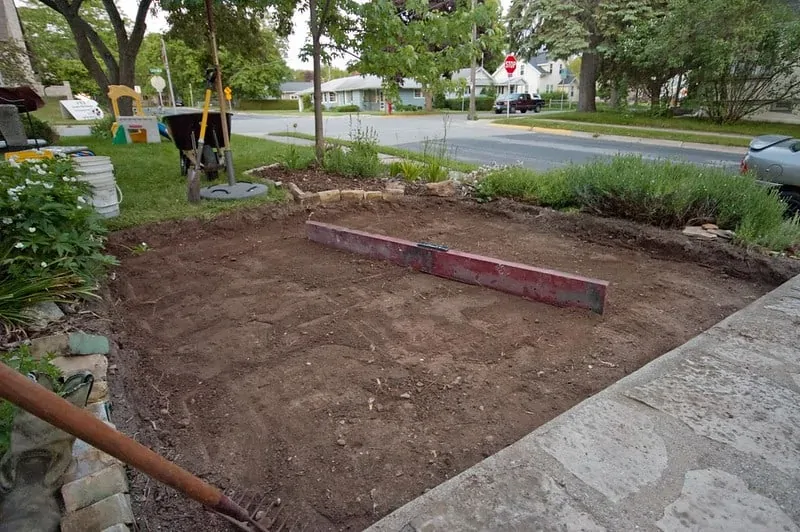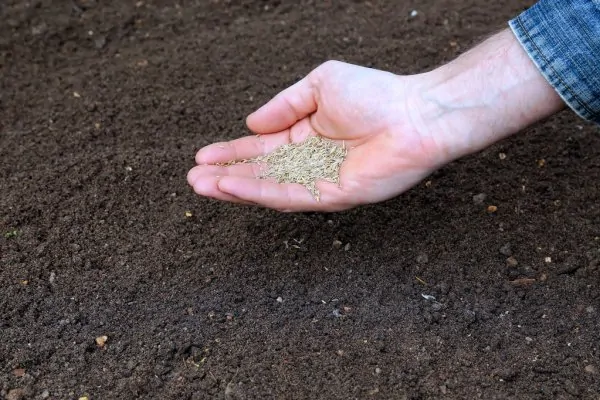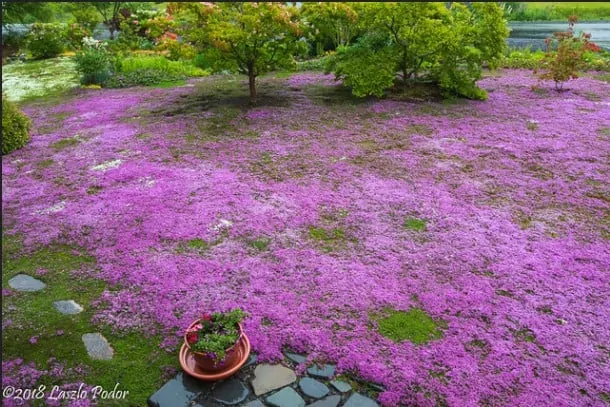How To Plant Grass Seed To Get A Lush Lawn
This guide will help you plant grass seed so your garden can be covered with the green carpet you always wished for!
Planting Grass Seed 101: The Right Seeds
Before you start planting a lawn, you need to know what kind of seed you need. There are many kinds available in stores, ready for you to pick the perfect one. Think about the surface you need to cover, the foot traffic, and the general conditions you have. A shady place will need a different type of grass than a spot in full sun. Temperatures over the year and rainfall are also criteria to consider.
Most stores rank their products by USDA hardiness zone, so check out exactly where you are if you don’t already know! Do not hesitate to ask the employees about the best grass seed for your needs! Once you picked the right seed, pick the right amount as well. Always count up and get more than you need according to the pack, but try not to overstock. A good rule of thumb is to add around 10 sqft to the area you need covered and get enough seed to cover that.
How To Plant Grass Seed?
Soil
First, you need to prepare the soil for planting. This means digging up as deep as 10 inches, removing all rocks, sticks, and old roots, breaking up the clumps of soil and making sure it is aired enough. You might have to mix in some coarse sand or perlite to improve draining. Choose from this array of tools to help you on your mission!
Fertilizing
It’s best if you mix some slow-release organic fertilizer with the soil before planting the grass seeds. This will encourage the roots to grow and will ensure the fresh grass is well-fed. It’s better if you fertilize the soil before than burning the fresh blades by fertilizing them immediately after they start growing!
Draining
Make sure the area has good drainage! Create a 1% slope away from buildings and level out all holes and depressions. These will make both draining and mowing difficult and they are areas where moisture can gather and create problems.
Seeding
Once you have the area ready, start seeding. Depending on the surface, you can seed by hand or use a seeder. There are various models available at local home and garden stores. Use the two-direction method, so cover the entire surface going across in one direction, then go over it again, perpendicularly to the first pass.
Overturning
Use a rake to gently create grooves, in a single direction. Don’t let the rake go too deep, or you will drag out all the seeds! This step is vital because it allows the seeds to fall into these grooves where they get enough moisture and root ventilation.
Watering
As soon as you are done planting, water the seeds thoroughly. Use either automated sprinklers or a hand-held gardening hose with a misting head. Be careful of too much water pressure, as it can wash away the seeds. You need to water daily until you see green starting to grow, then slowly start weening the grass until you get to watering twice a week. The whole process should take about a month.
Grass Seeding Next Steps: Lawn Care
Now that you have a nice, new lawn, here are a few tips on how to keep it healthy and happy!
- Water properly
Use this guide to learn how to properly, deeply water your lawn.
- Trim it every two-three weeks
Make sure you don’t cut off more than 1/3 of the blades of grass in one go and keep your mower sharp, so you cut, not tear the grass.
- Fill in gaps
Using the same seed you bought initially or another type of seed, fill in any patch of empty soil you find.
- Fertilize
Most grasses need to be fertilized at least once a year, according to the instructions on the pack. If you fertilized the soil ahead, you only need to start fertilizing the following spring.
Plant Grass Seeds FAQ
1. How to protect grass seed from heavy rain?
You can cover grass seeds with mulch, peat moss, or even a burlap to protect them from heavy rain. Another method is covering the seeds with a light sprinkle of straw.
2. Can I plant grass seed in the fall?
Absolutely yes! Some kinds of grass are perennials and planting perennials in fall is actually recommended! Plant in early fall to avoid the risk of frost.
3. When can I walk over grass seed?
After three consecutive mowings, grass can take a few steps. For heavy foot traffic it’s best you give it at least a full season time to grow!
Alternatives To Planting Grass Seed
If you have tried and tried and a lawn just doesn’t want to grow, here are a few alternatives you can plant instead.
- Mosses: mosses love shade and moisture so if you are looking to turn a spot under some trees into a lawn, they are your best choice.
- Clover: clover grows naturally in poor soils and it fertilizes itself and the soil. It also needs very little care and no mowing.
- English ivy: This low growing perennial covers ground fast and creates a leafy surface.
And if flowers are your thing, here are a few flowering perennials you can plant instead of grass!
- Creeping thyme: creeping thyme covers large areas fast, can grow in rocky soils, and can take heavy traffic fast!
- Chamomile: the sweet smell of chamomile will reward you for planting it instead of a full sun lawn and it can be walked over!
- Corsican mint: another aromatic and flowering plant, this one takes little footfall and it’s best suited for ornamental lawns.
Last Straws
So, do you feel more ready now to plant grass seed? Let me know how your lawn-building goes in the comment section below and don’t shy away from asking for advice! Happy planting!

